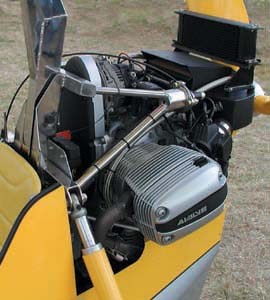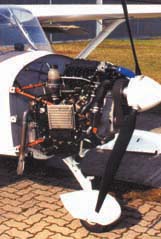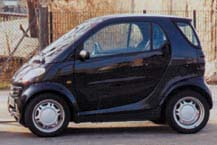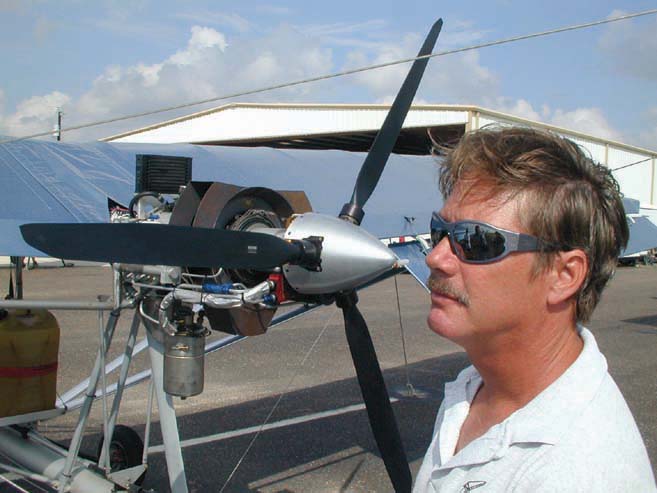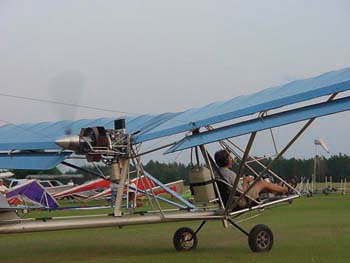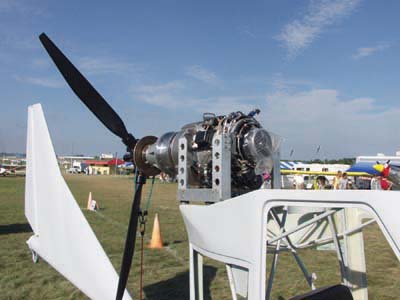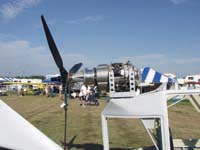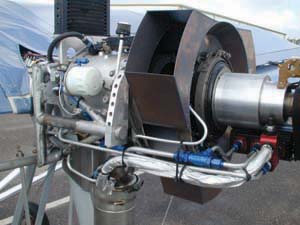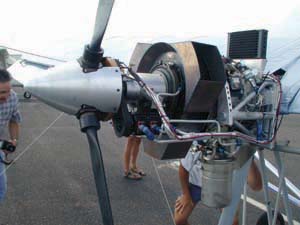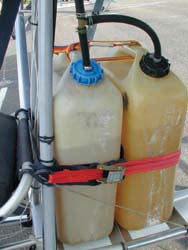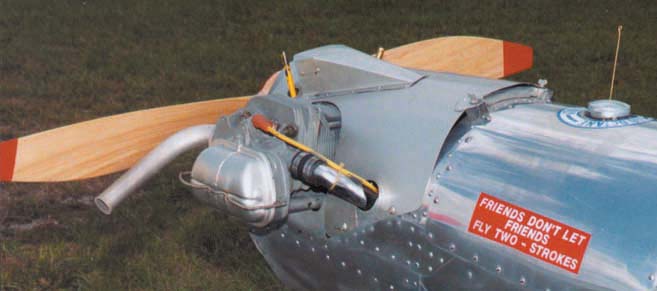
Ultralights have long been defined by their two-stroke engines. Rotax and other brands refined the two-stroke for aircraft use, and today’s two-stroke powerplants deserve their popularity. In the important power-to-weight ratio, two-strokes are hard to beat. Their cost is low, their overhauls cheap; these humble powerplants have lifted many a pilot into the air for many hours. But despite the improvements, despite plentiful businesses to help you maintain your two-stroke engine, and despite a good performance record, two-strokes are still seen as inferior to four-strokes by many aviators. Add to these impressions the regulatory changes many see as inevitable. The blue-smoking two-stroke (even when optimized) presents environmental problems for snowmobiles, watercraft and gas-powered lawn tools. Two-stroke days are numbered—not because of efficiencies, but because of ecological concerns and political decisions. Hail the Four-Stroke General aviation people say, “Well, of course four stroke is better.” But that’s the only kind of engine most of them know, and their aircraft weigh enough to accommodate heavier powerplants.







